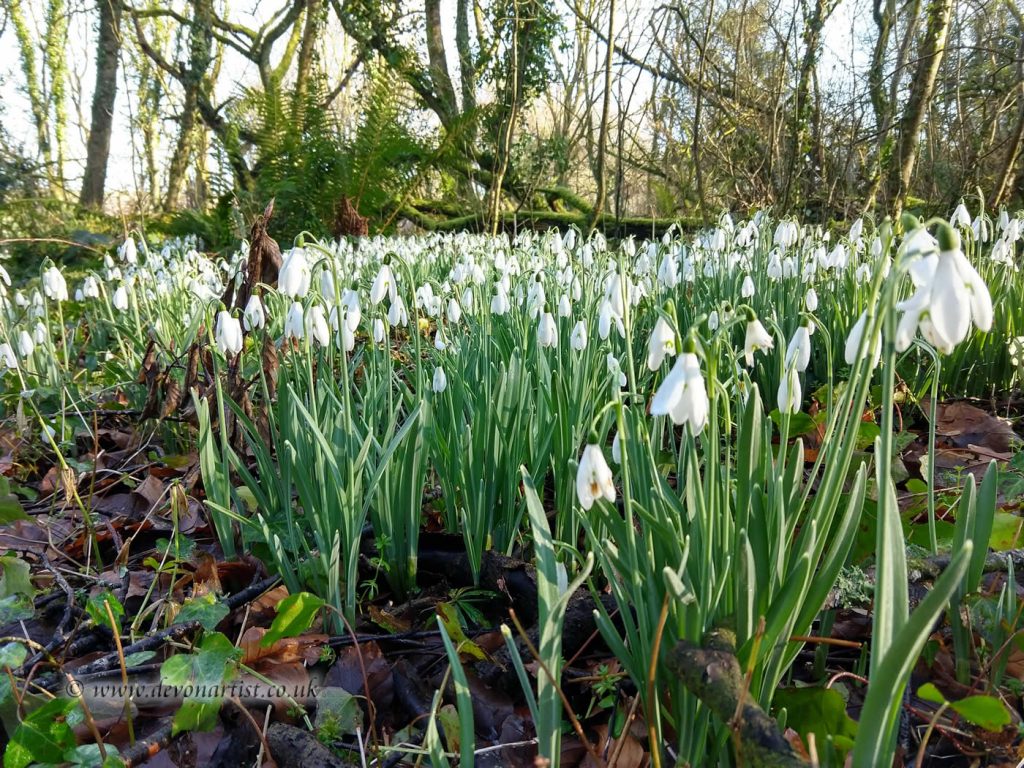Woodland Nest Boxes

As a bit of background, Jo and I are registered nest recorders with the British Trust for Ornithology. For two years now, we have undertaken bird nest recording for the BTO. This has involved us in monitoring nests in and around the village where we live. With kind permission of the landowner we have been able to site 50 boxes in a local woodland. These have attracted Blue Tit, Great Tit, Marsh Tit and Nuthatch.
Throughout the breeding season, we monitor the contents of the boxes and collate the information. These details include whether a nest has been built and how many eggs are laid. In addition, we note which species and how many young then successfully fledge. The data we collect is used on a national level to analyse trends in breeding performance. This in turn helps the BTO to identify species that may be declining or indeed doing well. www.bto.org/volunteer-surveys/nrs.

Recycling old boxes for new
This year we have decided to add a few extra boxes towards the top end of the woods. These were mostly old sparrow terrace boxes which we had previously sited at a nearby farm and had limited success with. Whilst we’ve monitored sparrow terraces elsewhere, the ones at the farm just got dusty and cobwebby. Indeed, nothing was interested in them! Too many much more enticing natural holes for the birds to nest in.
As a result of our bird nest recording for the BTO, we are pretty certain that any successful terraces were only ever used by a single pair. They used different sections throughout the season, depending on whether broods fledged or failed. So I cut down these old boxes and made each 3 section terrace into 3 detached properties! With the breeding season fast approaching and a beautiful sunny day forecast, we decided to get them up on the trees. As it turns out, very appropriate timing as it is National Nest Box week here in the UK. https://www.bto.org/about-birds/nnbw

The woods are quiet, and our boxes discreetly sited away from paths, so we have not placed them too high on trees. We are not aware of any disturbance to the birds, and the slightly lower height makes them much easier for us to check. They are a miscellaneous selection, made to a fairly basic pattern. I have adapted and altered them slightly depending on the wood I have available! As we need to check the contents, we have hinged the roof with a piece of rubber cut from a wellie boot. We used to use roofing felt, but the rubber seems to last much better.

Treecreeper boxes
In addition to the regular boxes we also have 3 boxes which we hope may attract Treecreeper. This species is definitely in the woods as we have heard their calls. However, they are notoriously difficult to encourage into a box. Various studies have been conducted with people trialling different designs, but success has been patchy and a little inconclusive. We have 2 designs which we are trying, a wedge shaped box which has an open back (my own design!) and an oblong shaped box. Both have their entrance hole on the side near the trunk. Treecreepers only climb upwards, so need to be able to climb up and into the box whilst scurrying up the trunk. I will let you know how we get on and whether we get anything in these boxes at all!

Bat boxes
Finally, we sited a couple of bat boxes. Bats are a species that we know very little about. However, we have found them roosting in our bird boxes, so they are definitely around the woods. We were kindly given two different bat boxes, so have popped them into the woods in the hope that they may also be used. It will be difficult to tell as the boxes don’t open, and the entrance holes are very small. Perhaps I could use a little endoscope, the type which attaches to a phone. Hopefully that would enable us to see if they were being successfully used.

I hope you have also managed to get out and enjoy the spring sunshine, in between a painting or two! Spring is definitely well under way, with lots of bird song and drifts of beautiful snowdrops. Should you have read this far, do leave a comment and let me know whether you have any bird boxes. Have they been successful, and which species have you managed to give a home to?
Until the next time – Paul





